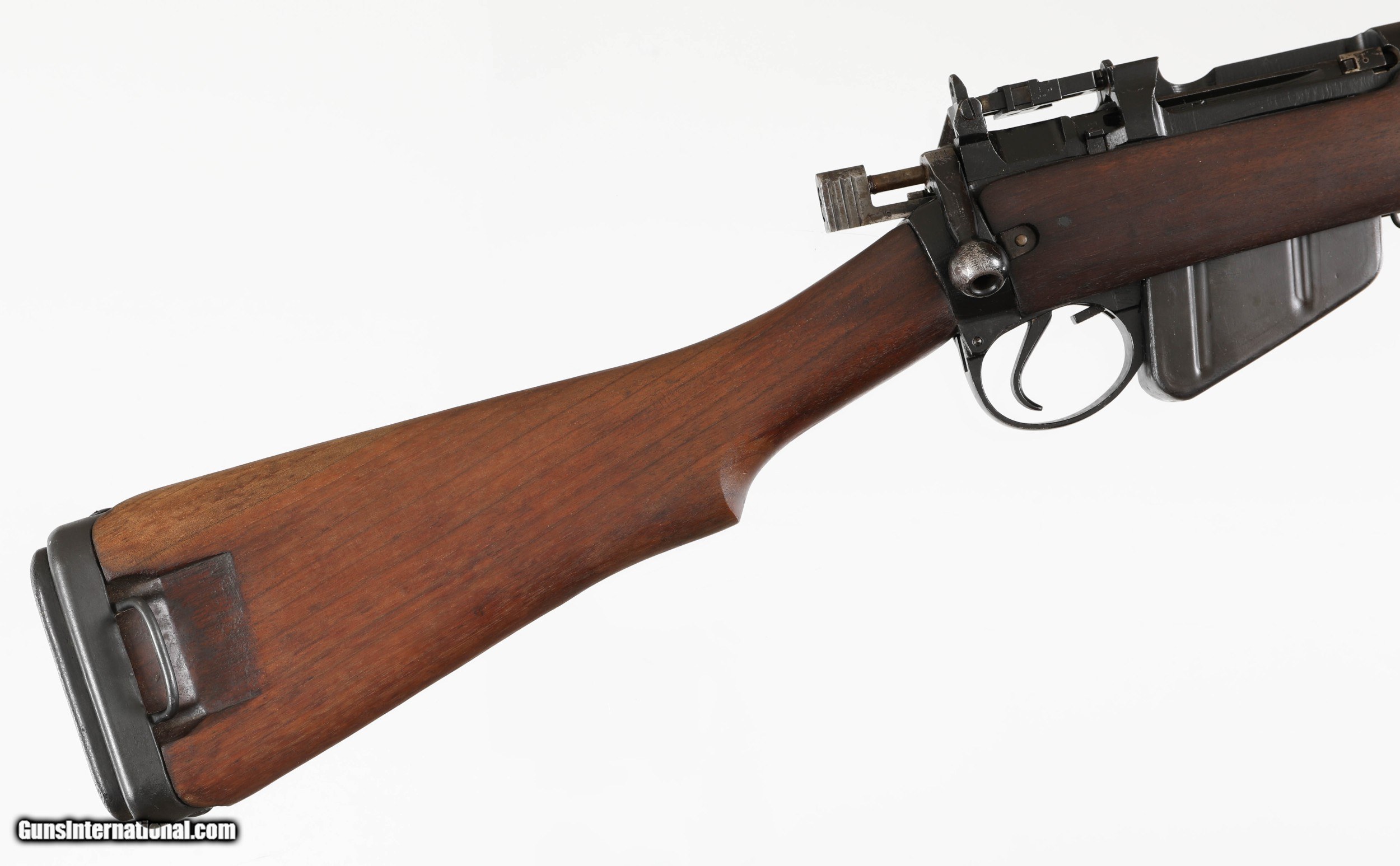


According to “The Lee-Enfield Story” there were approximately 250,000 No. Production died down by late 1947 with the final rifles being assembled at Fazakerly in December. In the end they decided not to do anything to fix the problem, they declared the No. Other things that might factor in are the length of the fore stock, lightning cuts on the receiver and barrel, and methods of holding the barreled action in the wood. But that was one contributing factor, not the cause. In tests of rifles without it they held the accuracy for more shots. A significant factor in the lack of accuracy is apparently the flash hider. There were several attempts to determine if there was a design defect that caused this problem but they never settled on a single cause. The ordnance officials called this problem “wandering zero.” It seems rifles calibrated at the arsenal or in the field would shoot acceptably for a while then become increasingly inaccurate. There were however continuing complaints that the rifle could not shoot with consistent accuracy. The rifle was popular with troops because it was shorter and lighter than other models. 5 rifles were made before WWII ended in August 1945, the design did not see a lot of combat use during the war. Production of the new rifle began at the Royal Ordnance Factories at Fazakerly and BSA Shirley.



 0 kommentar(er)
0 kommentar(er)
